Cabernet Sauvignon Overview
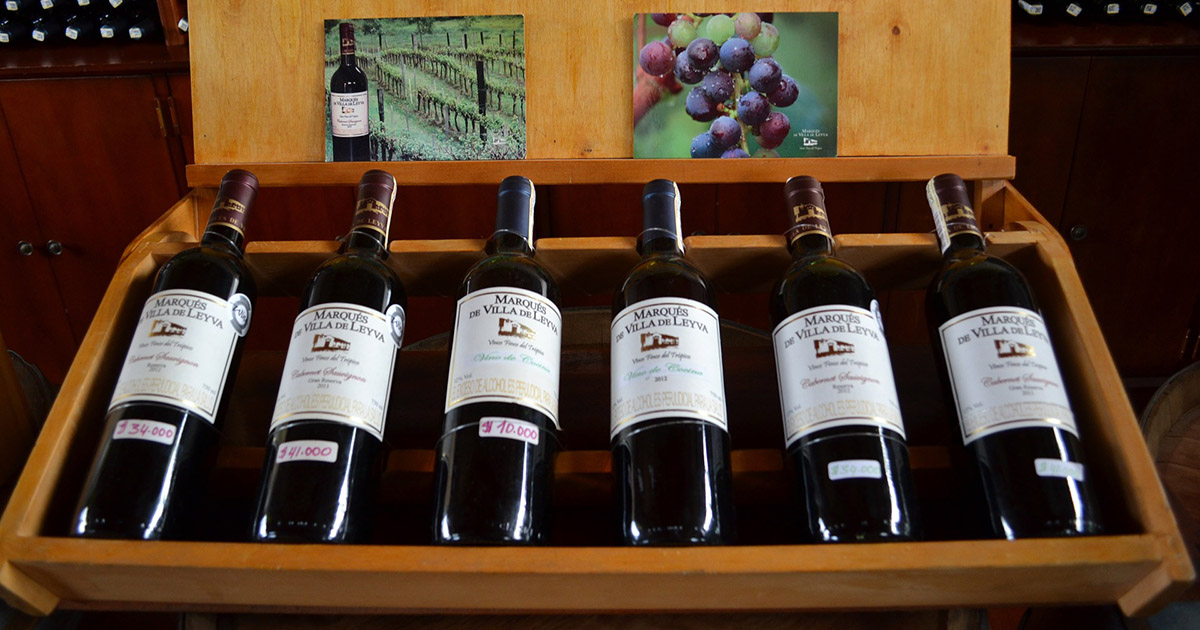
Cabernet Sauvignon is a bold and full-bodied red wine that is widely recognized and loved by wine enthusiasts. It is known for its deep red color, high tannin levels, and complex flavors. Cabernet Sauvignon grapes are grown in various wine-growing regions around the world, including Bordeaux, California, and Australia. This varietal often showcases notes of black currant, blackberry, and tobacco, with hints of cedar and vanilla. It can age well, developing more layers of complexity over time. Cabernet Sauvignon is a versatile wine that pairs well with hearty dishes such as grilled meats, lamb, and aged cheeses.
Cabernet Sauvignon Characteristics And Flavor Profile
Cabernet Sauvignon is known for its bold and full-bodied characteristics. It typically displays a deep red color with high levels of tannins, giving it a firm structure. The flavor profile of Cabernet Sauvignon often includes notes of black currant, blackberry, and tobacco. Additionally, hints of cedar and vanilla can be found in some expressions of this wine. Cabernet Sauvignon has a complex and layered flavor profile, making it a favorite among wine enthusiasts. Its ability to age well allows the flavors to develop and evolve over time, offering a more nuanced experience.
Cabernet Sauvignon Food Pairings
When it comes to food pairings, Cabernet Sauvignon is a versatile wine that pairs well with a variety of dishes. Its bold flavors and high tannins make it a perfect match for rich and hearty foods. Here are some popular food pairings for Cabernet Sauvignon:
- Grilled or roasted meats: The robust flavor of Cabernet Sauvignon complements grilled steaks, lamb chops, and roasted prime rib.
- Aged cheeses: Cabernet Sauvignon pairs beautifully with aged cheeses like cheddar, Gruyere, and blue cheese.
- Dark chocolate: The rich and intense flavors of Cabernet Sauvignon are a great match for dark chocolate desserts.
Whether you’re enjoying a savory steak dinner or indulging in a decadent chocolate dessert, Cabernet Sauvignon is sure to enhance your dining experience.
Merlot Overview
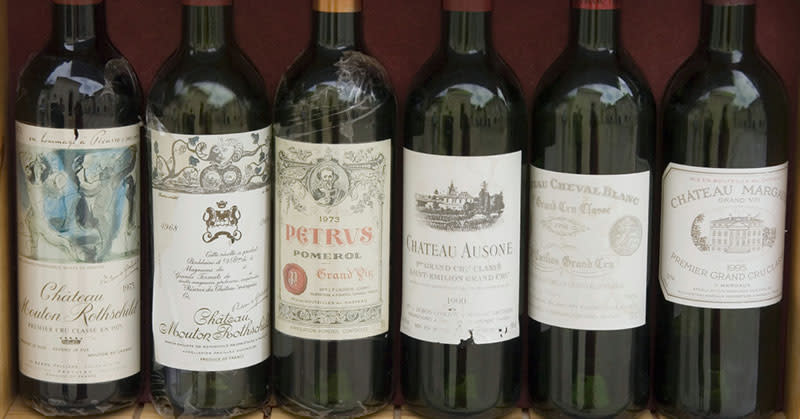
Merlot is a red wine varietal that is known for its smoothness and approachability. It originated in the Bordeaux region of France and has since gained popularity worldwide. Merlot wines are characterized by their medium to full body, rich fruit flavors, and soft tannins. The flavor profile of Merlot often includes notes of black cherry, plum, and chocolate. It is a versatile wine that can be enjoyed on its own or paired with a wide range of foods. Merlot is often seen as a more approachable alternative to Cabernet Sauvignon, offering a softer and more fruit-forward experience.
Merlot Characteristics And Flavor Profile
Merlot is a red wine varietal known for its smooth and approachable nature. It has medium to full body and is characterized by rich fruit flavors and soft tannins. Merlot often exhibits notes of black cherry, plum, and chocolate, giving it a distinct and enjoyable flavor profile. Its velvety texture makes it a crowd-pleasing wine. Merlot is considered more fruit-forward compared to Cabernet Sauvignon, making it an excellent choice for those who prefer a softer and less intense red wine.
Merlot Food Pairings
Merlot’s versatile and approachable nature makes it a great wine for pairing with a variety of foods. Its medium body and smooth tannins complement a wide range of dishes. Here are some popular Merlot food pairings:
- Roast chicken or turkey: The earthy flavors of Merlot enhance the taste of poultry, especially when it’s roasted with herbs and spices.
- Grilled steak: The rich fruit flavors and soft tannins of Merlot complement the intensity of a perfectly grilled steak.
- Pasta with tomato-based sauces: Merlot’s acidity pairs well with the acidity of tomato-based sauces, adding depth to the dish.
- Mushroom dishes: The earthiness of mushrooms is enhanced by the fruity and savory notes of Merlot.
- Semi-hard cheeses: Merlot pairs well with aged cheddar, Gruyere, or Parmesan, enhancing their nutty and salty flavors.
When pairing Merlot with food, remember to consider the intensity of the dish and choose a wine that complements its flavors. Enjoy exploring the delicious combinations that Merlot has to offer.
Key Differences Between Cabernet Sauvignon And Merlot
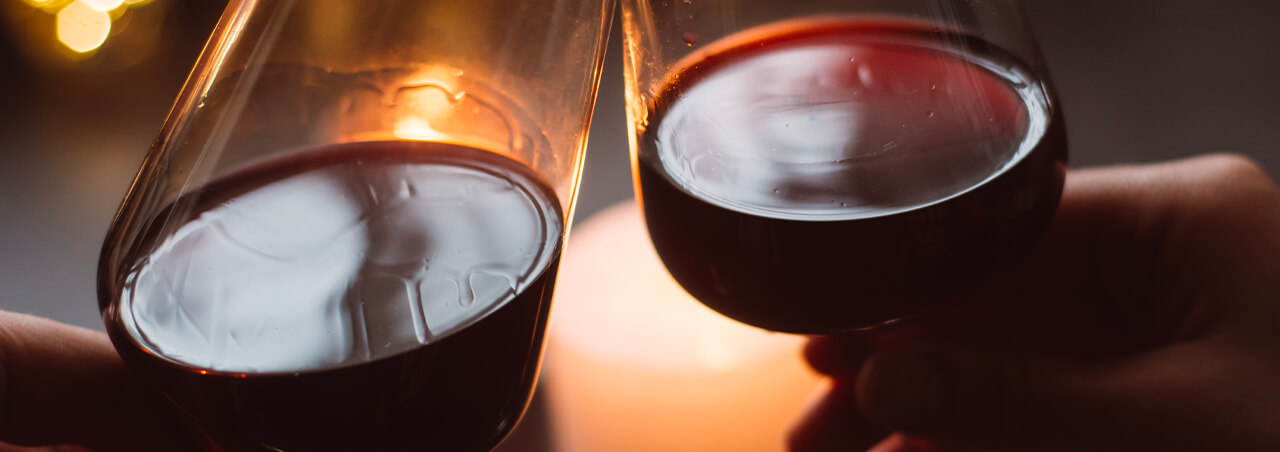
Cabernet Sauvignon and Merlot may be similar in their red wine characteristics and food pairings, but there are key differences between the two varietals.
- Grape Varieties: Cabernet Sauvignon is a cross between Cabernet Franc and Sauvignon Blanc grapes, while Merlot is a distinct grape variety with larger, dark blue-hued grapes.
- Flavor Profiles: Cabernet Sauvignon is known for its bold and intense flavors, characterized by dark fruits, cassis, and robust tannins. On the other hand, Merlot offers a softer and smoother palate with notes of ripe plums, cherries, and a hint of chocolate.
- Aging Potential: Cabernet Sauvignon typically has a longer aging potential due to its higher tannin levels, while Merlot is generally consumed at a younger age.
- Regional Differences: Cabernet Sauvignon thrives in cooler climate regions like Bordeaux, California, and Coonawarra, while Merlot is often grown in warmer climates such as Bordeaux, California, and Tuscany.
- Blending: Cabernet Sauvignon is often used in blends to add structure and complexity, while Merlot is commonly used for blending to add softness and roundness to the wine.
Overall, these differences in grape variety, flavor profiles, aging potential, regional variations, and blending purposes make Cabernet Sauvignon and Merlot distinct choices for wine enthusiasts.
Contrasting Grape Varieties
Cabernet Sauvignon and Merlot differ in terms of their grape varieties. Cabernet Sauvignon is a cross between Cabernet Franc and Sauvignon Blanc grapes, resulting in a unique blend of flavors. On the other hand, Merlot is a distinct grape variety with larger, dark blue-hued grapes. These different grape varietals contribute to the distinct flavor profiles of each wine. Cabernet Sauvignon offers bold and intense flavors, while Merlot presents a softer and smoother palate. This variation in grape varieties adds to the diversity of the red wine options available to wine enthusiasts.
Contrasting Flavor Profiles
Cabernet Sauvignon and Merlot have distinctly different flavor profiles. Cabernet Sauvignon is known for its bold and intense flavors, often characterized by black currant, blackberry, cedar, and tobacco notes. It has a strong tannic structure, which contributes to its robust and powerful taste. On the other hand, Merlot offers a softer and smoother palate, with flavors of black cherry, plum, and chocolate. It has less tannin than Cabernet Sauvignon, resulting in a more approachable and easy-drinking wine. These contrasting flavor profiles allow wine enthusiasts to choose between a bolder and more structured wine or a smoother and more comforting option.
Regional Variations And Popular Blends

When it comes to regional variations, both Cabernet Sauvignon and Merlot thrive in various wine-growing regions around the globe. Cabernet Sauvignon is particularly prominent in Bordeaux, France, where it is blended with Merlot and other grapes to create iconic wines. In the New World, regions like Napa Valley in California have gained recognition for producing exceptional Cabernet Sauvignon. Merlot also flourishes in Bordeaux but is also prominent in regions such as Tuscany, Italy, and Washington State in the United States. Popular blends include Bordeaux blends, which combine Cabernet Sauvignon, Merlot, Cabernet Franc, and sometimes other grape varieties to create complex and well-balanced wines.
Regional Differences In Cabernet Sauvignon And Merlot Production
Cabernet Sauvignon and Merlot are produced in various wine-growing regions across the globe, with each region imparting its own unique characteristics on the wines. Cabernet Sauvignon particularly thrives in Bordeaux, France, where it is often blended with Merlot and other grapes to create iconic Bordeaux blends. In the New World, regions like Napa Valley in California have gained recognition for their exceptional Cabernet Sauvignon production. Merlot, on the other hand, flourishes in Bordeaux as well, but is also prominent in regions such as Tuscany, Italy, and Washington State in the United States. These regional differences contribute to the varying flavor profiles and styles of Cabernet Sauvignon and Merlot wines.
Popular Cabernet Sauvignon-merlot Blends
Popular Cabernet Sauvignon-Merlot blends are highly sought after in the wine world. These blends combine the boldness and structure of Cabernet Sauvignon with the smoothness and elegance of Merlot. One famous example is the Bordeaux blend, where Cabernet Sauvignon and Merlot are often blended together with other grape varieties such as Cabernet Franc and Petit Verdot. This creates a harmonious and balanced wine that showcases the best characteristics of each grape. In regions like Napa Valley, California, winemakers also produce exceptional Cabernet Sauvignon-Merlot blends that capture the essence of the New World style while still paying homage to the traditional Bordeaux blend.
Tasting Notes And Aging Potential

When it comes to tasting notes, Cabernet Sauvignon is known for its intense flavors of black currant, blackberry, and plum, often accompanied by hints of cedar, tobacco, and vanilla. It has a full-bodied and robust structure, with firm tannins that contribute to its ageability. On the other hand, Merlot offers a softer and more approachable flavor profile, with notes of red cherry, raspberry, and chocolate. It has a medium body and smoother tannins. Both wines benefit from aging, with Cabernet Sauvignon often requiring more time in the cellar to fully develop its complex flavors and soften its tannins.
Tasting Notes For Cabernet Sauvignon And Merlot
Cabernet Sauvignon is known for its intense flavors of black currant, blackberry, and plum, often accompanied by hints of cedar, tobacco, and vanilla. It has a full-bodied and robust structure, with firm tannins that contribute to its ageability. On the other hand, Merlot offers a softer and more approachable flavor profile, with notes of red cherry, raspberry, and chocolate. It has a medium body and smoother tannins. Both wines offer a range of flavors that can vary depending on the region and winemaking techniques used.
Aging Potential And Cellaring Recommendations
When it comes to aging potential and cellaring recommendations, both Cabernet Sauvignon and Merlot have the potential to improve with age. Cabernet Sauvignon is known for its ability to age gracefully, especially high-quality wines from renowned regions such as Bordeaux and Napa Valley. These wines can develop more complex flavors and smoother tannins over time. On the other hand, Merlot can also age well, with its flavors evolving into a softer and more nuanced profile. It is recommended to store both Cabernet Sauvignon and Merlot in a cool, dark place with consistent temperature and humidity to preserve their integrity over the years. Cheers to enjoying these red wine varietals at their peak!
Conclusion
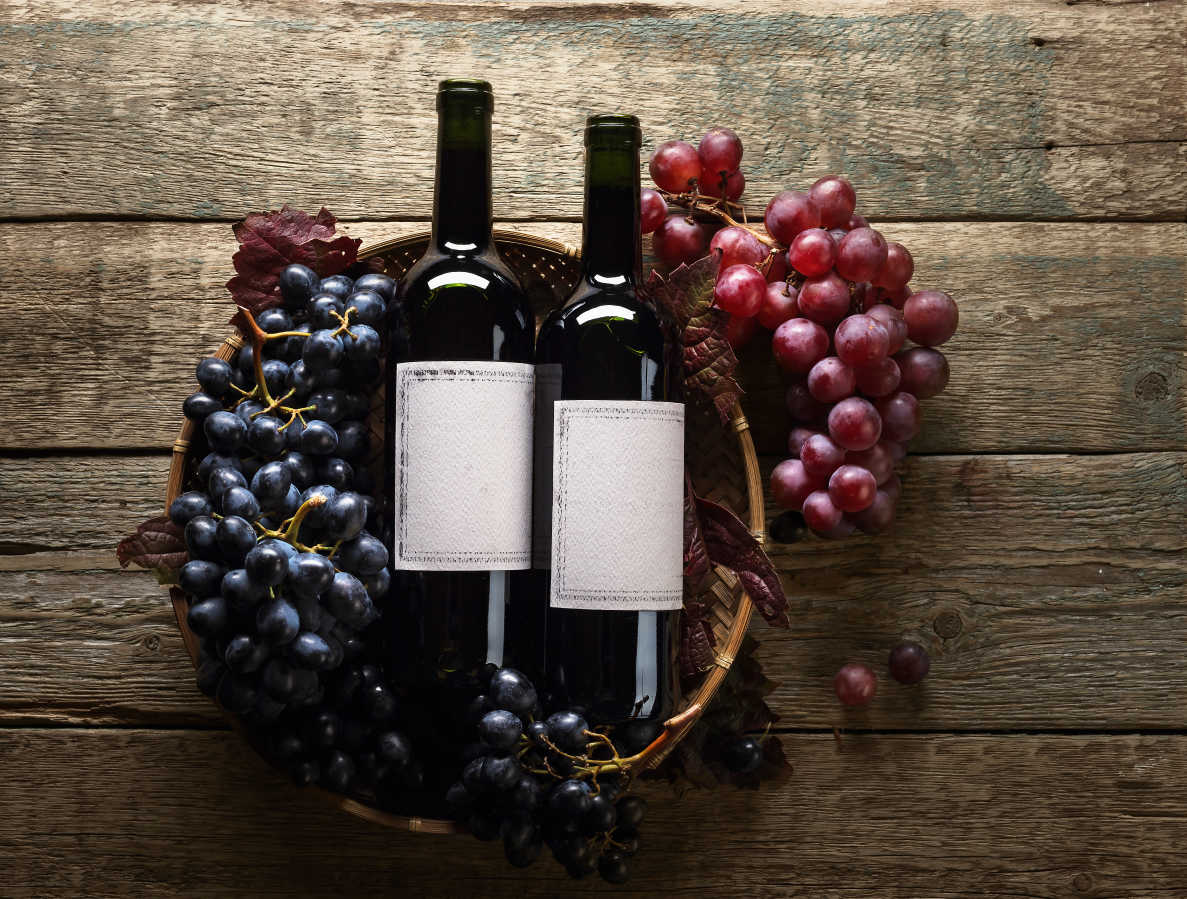
In conclusion, the debate between Cabernet Sauvignon and Merlot ultimately boils down to personal preference. Cabernet Sauvignon offers a bold and powerful experience with rich flavors and pronounced tannins, while Merlot provides a smoother and more approachable option with softer tannins and fruit-forward profiles. Both wines have their own unique characteristics and can be enjoyed in various food pairings. Whether you prefer the intensity of Cabernet Sauvignon or the elegance of Merlot, the choice is yours. Explore and discover your favorite red wine varietal. Cheers to a delightful wine journey!
Choosing Between Cabernet Sauvignon And Merlot
When it comes to choosing between Cabernet Sauvignon and Merlot, it ultimately comes down to personal preference. If you enjoy bold and powerful wines with intense flavors and pronounced tannins, Cabernet Sauvignon is the way to go. On the other hand, if you prefer a smoother and more approachable wine with softer tannins and fruit-forward profiles, Merlot might be your best choice. Consider your taste preferences, the occasion, and the food pairing options to make an informed decision. Whether you go for the intensity of Cabernet Sauvignon or the elegance of Merlot, both varietals offer a delightful wine experience.
Pairing Suggestions And Final Thoughts
When it comes to pairing suggestions, Cabernet Sauvignon and Merlot can both be enjoyed with a variety of dishes. Cabernet Sauvignon’s bold flavors and tannins make it a great match for hearty dishes like grilled steak, lamb stew, or aged cheeses. Merlot, with its smoother profile, is more versatile and pairs well with roasted chicken, pasta dishes, or mushroom risotto.
In conclusion, choosing between Cabernet Sauvignon and Merlot ultimately depends on your personal preference and the occasion. Both varietals offer unique flavor profiles that can enhance your dining experience. So, whether you go for the intense and powerful Cabernet Sauvignon or the smooth and approachable Merlot, both wines will surely impress your palate. Cheers!
FAQ About Cabernet Sauvignon Vs Merlot: Contrasting Red Wine Varietals
Q: What are the main differences between Cabernet Sauvignon and Merlot wines?
A: Cabernet Sauvignon is known for its bold and complex flavor profile with prominent tannins, while Merlot is generally softer, fruitier, and more approachable.
Q: Which food pairings work best with Cabernet Sauvignon and Merlot?
A: Cabernet Sauvignon pairs well with hearty dishes like steak, lamb, and aged cheeses, whereas Merlot complements lighter fare such as poultry, pasta, and charcuterie.
Q: How do the growing regions affect the taste of Cabernet Sauvignon and Merlot wines?
A: Cabernet Sauvignon thrives in regions with warmer climates and well-drained soils, producing rich, full-bodied wines. Merlot flourishes in cooler climates, resulting in softer, more fruit-forward expressions.
Q: Are there any notable differences in the aging potential of Cabernet Sauvignon and Merlot?
A: Cabernet Sauvignon is known for its aging ability, with many bottles improving over decades. Merlot is generally best consumed earlier, although some high-quality Merlots can also benefit from aging.
Q: In terms of popularity, which wine varietal tends to be more favored – Cabernet Sauvignon or Merlot?
A: Cabernet Sauvignon is often considered more popular among wine enthusiasts due to its complexity and aging potential. However, Merlot has a broader appeal for its softer tannins and easy-drinking nature.
Q: Can Cabernet Sauvignon and Merlot be blended together in winemaking?
A: Yes, Cabernet Sauvignon and Merlot are frequently blended together to create Bordeaux-style wines. The combination harmonizes the strengths of each varietal, resulting in balanced and flavorful blends.
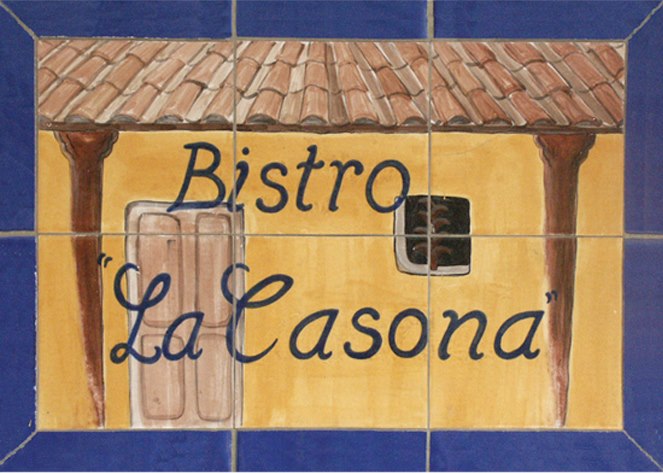
Bistro La Casona is a charming and vibrant culinary destination located at Calle Arenales 222, nestled between Murillo and Aroma in the heart of Casco Viejo/Centro Histórico, Santa Cruz de la Sierra, Bolivia. Our story is one of passion, creativity, and a deep love for exceptional dining experiences. Bistro La Casona has carved out a niche for itself as a beacon of culinary excellence in the heart of the historical center of Santa Cruz de la Sierra. Our journey began with a simple idea – to create a space where food, ambiance, and hospitality come together to offer an unforgettable experience.